The image of dinosaurs as lumbering, dim-witted creatures has persisted in popular culture for decades. When we think of the Stegosaurus, we often picture a beast with a walnut-sized brain controlling its massive body. But recent paleontological discoveries have dramatically transformed our understanding of dinosaur neurology. Advanced imaging technologies and comparative studies have revealed that dinosaur brains were far more complex and varied than previously thought. This article explores what we now know about dinosaur brain size and cognitive abilities, challenging long-held assumptions about these magnificent creatures that ruled the Earth for over 165 million years.
Measuring Ancient Minds: How Scientists Study Dinosaur Brains
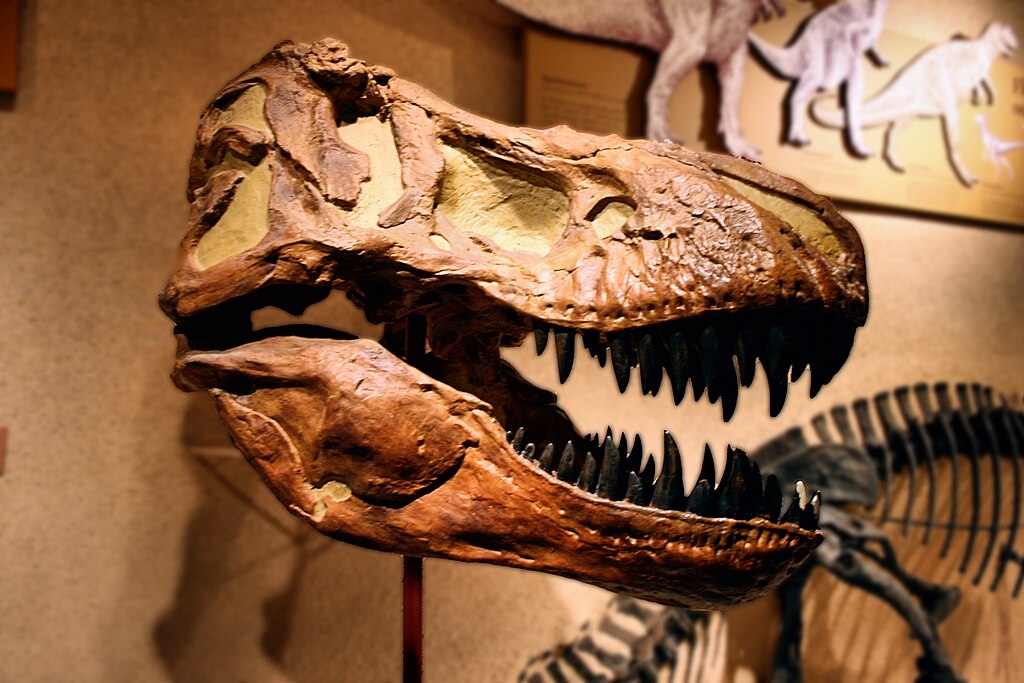
Since actual brain tissue doesn’t fossilize, paleontologists must rely on indirect evidence to study dinosaur brains. The primary source of information comes from endocasts—natural or artificial casts of the brain cavity within the skull. CT scanning technology has revolutionized this field, allowing researchers to create detailed three-dimensional models of brain cases without damaging precious fossil specimens. Scientists also employ comparative neurology, examining the brains of modern dinosaur descendants (birds) and relatives (crocodilians) to establish neurological patterns. By analyzing the size and shape of these endocasts, researchers can identify regions associated with different senses and functions, providing clues about dinosaur behavior, ecology, and cognition.
The Encephalization Quotient: Beyond Simple Brain Size

When evaluating dinosaur intelligence, absolute brain size tells only part of the story. Scientists instead rely on the Encephalization Quotient (EQ), which compares brain size relative to what would be expected for an animal of a particular body mass. This metric helps account for the vast size differences among dinosaur species and provides a more meaningful measure of cognitive potential. For example, while a Tyrannosaurus rex had a larger brain in absolute terms than a Velociraptor, the latter had a higher EQ, suggesting potentially greater cognitive abilities relative to body size. However, EQ has limitations when applied to animals from different evolutionary lineages, as brain-to-body scaling relationships can vary significantly between groups.
The Surprising Case of Theropod Dinosaurs
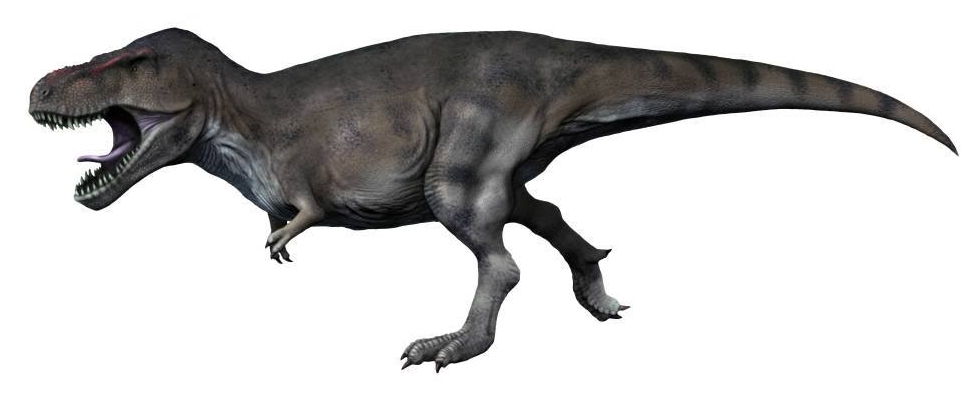
Theropods—the group that includes Tyrannosaurus rex and the ancestors of modern birds—have dramatically changed our understanding of dinosaur brain evolution. These predatory dinosaurs possessed some of the highest EQs among non-avian dinosaurs, with brain sizes approaching those of primitive mammals. The braincase of Tyrannosaurus rex, for instance, could hold a brain approximately 400 cubic centimeters in volume—larger than a baseball. More impressive were the smaller dromaeosaurids like Velociraptor, whose EQs exceeded those of modern reptiles and approached the lower range for birds. These findings suggest that many theropods possessed cognitive abilities far beyond the simple reflexive behaviors once attributed to dinosaurs, potentially including complex social interactions, problem-solving abilities, and sophisticated hunting strategies.
Sauropods: Tiny Brains in Gigantic Bodies
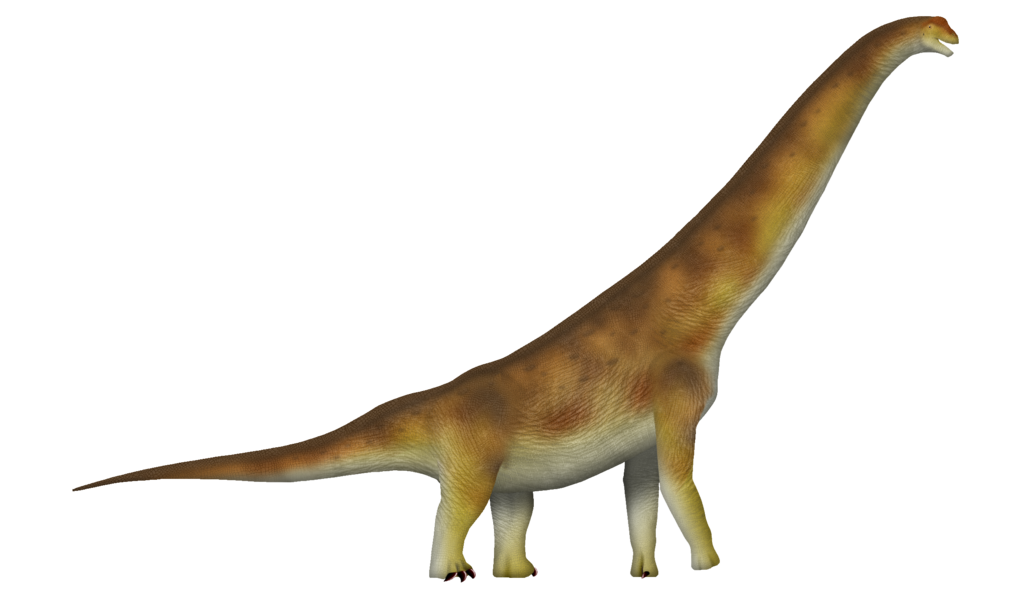
At the opposite end of the spectrum were the massive sauropods, which include some of the largest land animals ever to have existed. Despite their impressive body size, sauropods like Brachiosaurus and Diplodocus had remarkably small brains relative to their body mass, with some species having EQs as low as 0.1 (compared to 7.5 for modern humans). The brain of Diplodocus, for example, was approximately the size of a golf ball despite its body stretching longer than a tennis court. This seemingly extreme case of miniaturization likely reflects energetic constraints—larger brains require considerable metabolic resources to maintain. For these giant herbivores, which relied on consuming massive quantities of low-nutrient vegetation, the evolutionary pressure may have favored minimal neural investment beyond what was necessary for basic bodily functions and simple behaviors.
Ornithischian Intelligence: More Than Meets the Eye
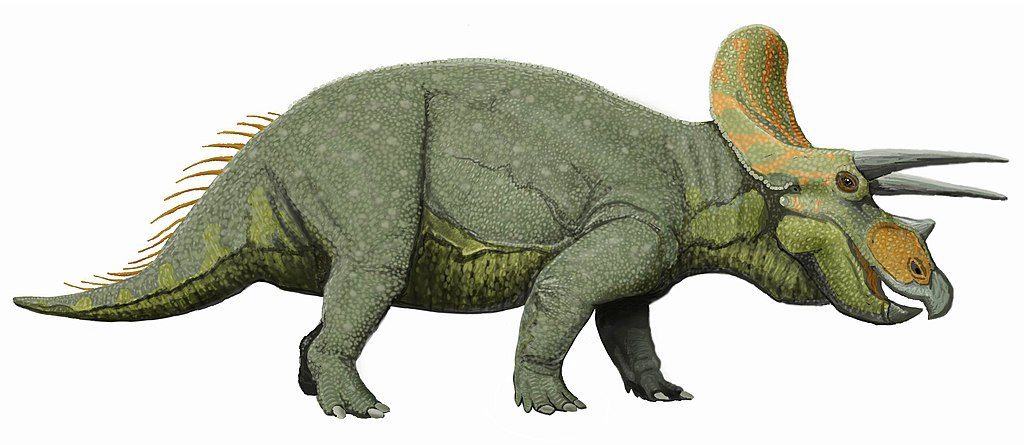
Ornithischian dinosaurs, the group that includes Triceratops, Stegosaurus, and hadrosaurs, have traditionally been portrayed as having limited cognitive abilities. The infamous Stegosaurus, often cited as having a brain “the size of a walnut,” actually had a brain closer to the size of a lime—small for its body, but not as diminutive as often claimed. Recent research on ornithopods like Hadrosaurus suggests they may have possessed more developed brains than previously thought, with enlarged cerebral hemispheres indicating potential for more complex behaviors. Some paleontologists now believe certain ornithischians may have exhibited sophisticated social behaviors, including herd dynamics with potential for parent-offspring recognition and rudimentary forms of communication, challenging the notion that all large herbivorous dinosaurs were intellectually limited.
The Bird Connection: Evolutionary Neurological Expansion
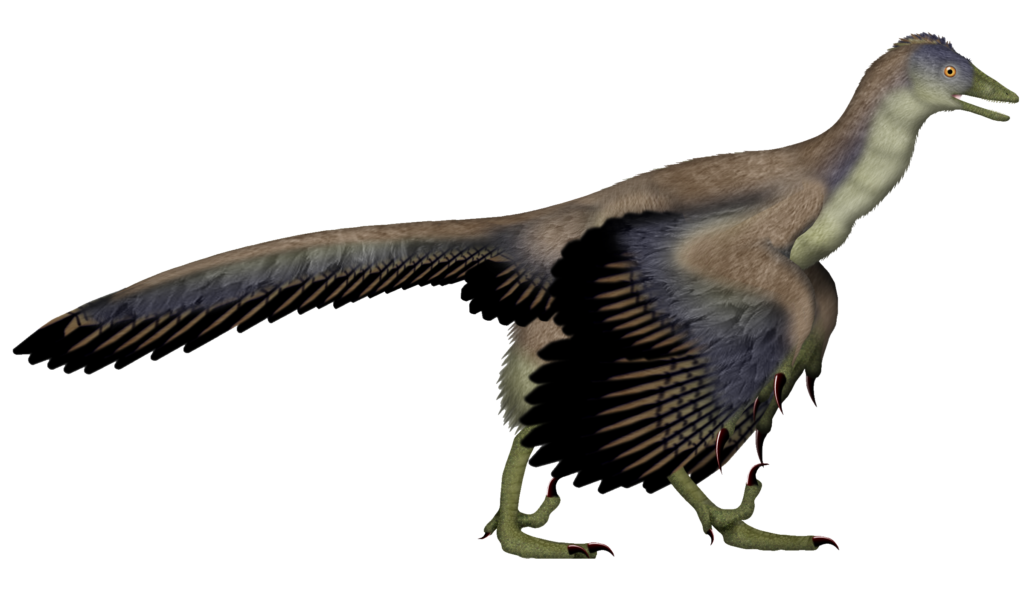
Perhaps the most revolutionary insight into dinosaur neurology comes from the evolutionary line leading to modern birds. Small, carnivorous dinosaurs in the maniraptoran lineage show a pattern of increased brain size relative to body weight, paralleling changes seen in early avian evolution. Species like Archaeopteryx and other early birds possessed enlarged brains with expanded visual and coordination centers necessary for flight. This neurological development didn’t happen suddenly with the evolution of flight but rather represented a gradual process that began in their non-flying dinosaur ancestors. Modern birds, as living dinosaurs, have impressively large brains relative to their body size, with corvids (crows and ravens) and parrots displaying problem-solving abilities and tool use that rival some primates—a testament to the neurological potential already present in the dinosaur lineage.
Specialized Brain Regions: More Than Just Size Matters

While overall brain size provides some insight into potential cognitive ability, the development of specialized brain regions offers more detailed information about dinosaur sensory capabilities and behavior. Tyrannosaurus rex, for instance, had greatly enlarged olfactory bulbs, suggesting an exceptional sense of smell that may have been crucial for hunting or scavenging. Many theropods show expanded optic lobes, indicating keen visual abilities important for predation. Some dinosaurs, particularly within the ornithischian group, had well-developed cerebella, suggesting sophisticated motor control and coordination. These specializations remind us that dinosaur brains evolved to meet specific ecological challenges rather than pursuing a single path toward “greater intelligence,” making simple size comparisons potentially misleading when evaluating cognitive capabilities.
The Metabolism-Brain Connection
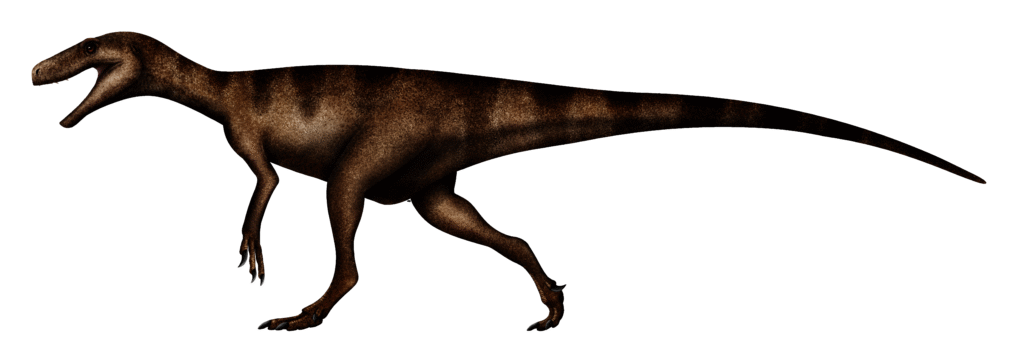
A critical factor in understanding dinosaur cognition relates to their metabolic status, which continues to be debated among paleontologists. Larger, more complex brains require significant energy to develop and maintain, which is why endothermic (warm-blooded) animals typically have larger brains relative to their body size than ectothermic (cold-blooded) ones. Evidence increasingly suggests that many dinosaurs, particularly theropods and possibly other groups, had metabolic rates intermediate between modern reptiles and birds. This elevated metabolism would have supported more substantial neural tissue than would be possible in a purely ectothermic animal. The correlation between metabolic rate and brain size helps explain why theropods, likely among the most metabolically active dinosaurs, also possessed some of the largest brains relative to body size among non-avian dinosaurs.
Brain Growth and Development: The Juvenile Factor

Fossil evidence of juvenile dinosaurs provides fascinating insights into brain development across dinosaur lifespans. Studies of growth series in some species suggest that, like modern birds, dinosaurs hatched with relatively large brains compared to adults, indicating significant neural development occurred before hatching. This pattern contrasts with the extended postnatal brain development seen in mammals, including humans. For instance, juvenile tyrannosaurs had proportionally larger brains than adults, with the brain growing more slowly than the rest of the body during maturation. This pattern suggests that young dinosaurs may have required complex behaviors for survival from an early age, though specific learning still occurred during development. These findings challenge simplistic views of dinosaur cognitive development and suggest sophisticated neural programming was present from early life stages.
Intelligence Without Mammalian Brains: Alternative Neural Architectures

Our understanding of intelligence often reflects a mammal-centric bias that may not adequately capture the cognitive realities of dinosaurs. Birds, the living dinosaurs, demonstrate that impressive cognitive abilities can evolve in neural structures quite different from the mammalian brain. Modern birds lack a neocortex—the wrinkled outer brain layer associated with higher cognition in mammals—yet corvids and parrots demonstrate tool use, problem-solving, and even rudimentary symbolic understanding. Instead, birds process complex information using dense clusters of neurons in a brain region called the pallium. Evidence suggests similar alternative neural organizations may have existed in non-avian dinosaurs, particularly in theropods. This reminds us that comparing dinosaur and mammal intelligence using mammalian standards may fundamentally misrepresent dinosaur cognitive capacities.
Ecological Intelligence: Brains Evolved for Specific Niches
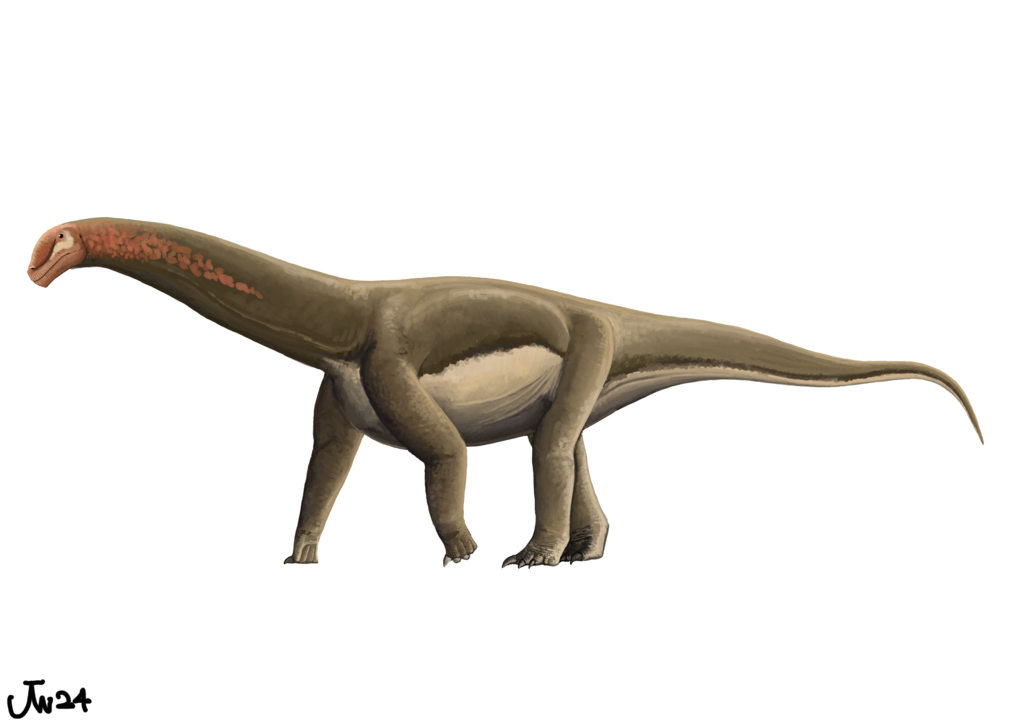
The remarkable 165-million-year reign of dinosaurs across diverse habitats suggests their brains were exquisitely adapted to meet the specific challenges of their ecological niches, regardless of absolute size. Large herbivores like sauropods may not have needed complex problem-solving abilities, but they required efficient neural systems for processing vast quantities of plant material and maintaining their enormous bodies. Conversely, active predators like dromaeosaurids likely benefited from enhanced spatial awareness, coordination, and possibly social cooperation when hunting. The hadrosaurs’ complex dental batteries for processing vegetation would have required sophisticated neuromuscular control. These examples illustrate that dinosaur brain evolution was driven by specific ecological pressures rather than a general trend toward “higher intelligence,” with each lineage developing neural specializations appropriate to their lifestyle and environmental challenges.
Social Complexity and Brain Size: The Group Intelligence Factor

Fossil evidence increasingly suggests many dinosaur species lived in groups, raising questions about the relationship between social behavior and brain size. In modern animals, complex social interactions often correlate with larger relative brain sizes, as seen in many primates, elephants, and certain birds. Evidence of herding behavior in hadrosaurs, ceratopsians, and other dinosaurs suggests potential for social learning and communication. The discovery of nesting grounds and parental care in some species, particularly among theropods, further indicates sophisticated social behaviors. Troodon, a small theropod with one of the highest EQs among non-avian dinosaurs, shows evidence of colonial nesting similar to modern birds. These social behaviors would have created selective pressure for enhanced communication, individual recognition, and potentially hierarchical understanding—cognitive abilities that may have driven brain evolution in social dinosaur species.
Did Brain Size Determine Dinosaur Evolutionary Success?

When evaluating whether brain size influenced dinosaur evolutionary success, the fossil record provides a nuanced answer. Dinosaurs with various brain sizes thrived for millions of years, suggesting that absolute cognitive capacity wasn’t the primary determinant of evolutionary fitness. Sauropods, with their relatively tiny brains, survived and diversified for over 100 million years—far longer than our species has existed. However, the most adaptable and diverse dinosaur groups, particularly small to medium-sized theropods, typically had larger relative brain sizes. Interestingly, when examining which dinosaur lineages survived mass extinction events, brain size shows no clear correlation with survival. The K-Pg extinction that ended the reign of non-avian dinosaurs 66 million years ago eliminated species across the cognitive spectrum, with only the most avian theropods surviving to become modern birds. This suggests that while enhanced cognition provided advantages in certain niches, it offered no special protection against global catastrophic events.
Modern Implications: What Dinosaur Brains Teach Us About Intelligence
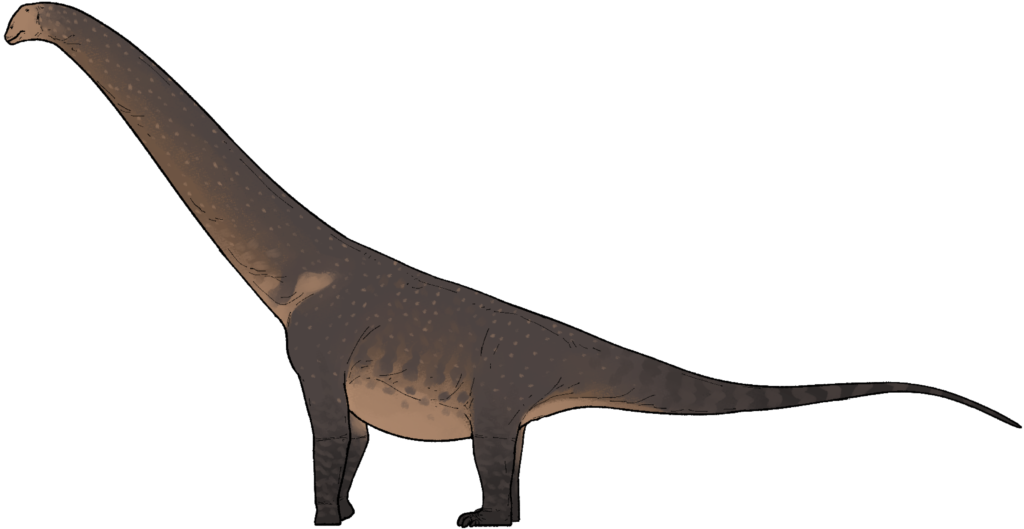
The study of dinosaur neurology offers profound insights into the evolution of intelligence beyond simple linear progression. Dinosaurs demonstrate that intelligence evolves to meet specific ecological demands rather than following an inevitable trajectory toward greater complexity. Their success with diverse brain morphologies challenges our assumptions about what constitutes “sufficient” intelligence for evolutionary success. The evolution of remarkable avian intelligence from theropod dinosaurs without mammalian brain structures reminds us that cognitive complexity can arise through multiple architectural pathways. Perhaps most significantly, dinosaur neurological diversity demonstrates that intelligence is not a single trait but a multifaceted adaptation shaped by countless environmental and biological factors. By broadening our conception of intelligence beyond anthropocentric models, dinosaur neurology helps us recognize and appreciate the diverse ways cognition manifests across the animal kingdom, including potential forms of intelligence we might encounter beyond Earth.
The Evolutionary Purpose of Dinosaur Intelligence

The story of dinosaur brains reminds us that intelligence comes in many forms, each exquisitely adapted to its environment. From the massive sauropods with their efficient, minimalist neural architecture to the quick-witted theropods with their relatively enlarged brains, dinosaurs developed the cognitive tools they needed to thrive for over 165 million years—an unmatched record of evolutionary success. What their brains lacked in size, they often made up for in specialization and efficiency. And in the lineage that led to birds, dinosaurs laid the foundation for some of the most impressive non-mammalian intelligence on our planet today. Far from being the dim-witted creatures of outdated portrayals, dinosaurs represent a remarkable chapter in the evolution of the vertebrate brain—one that continues to reshape our understanding of intelligence itself.




